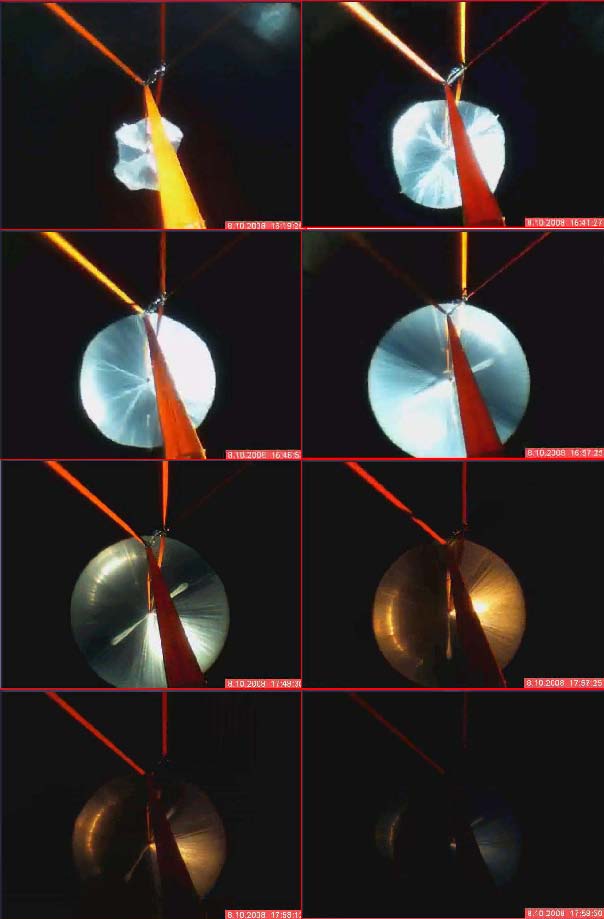Main focus of the CRIndIons project is to measure precisely in situ the Cosmic Ray Induced Ionization (CRII) and its rate along the atmospheric layers traversed during the balloon flight. There is still high ambiguity in specific ionization processes, impacting phenomenons in magnetospheric and atmospheric physics, concerning global atmospheric electric currents and cloud forming conditions. While the CRII is the main atmospheric ionization contributing process in altitudes of 3-35km, this needs to be stressed out in more detail in situ. For that primary reason, optimized and instrumentally extended experiment design based partially on the outcome of the original
BEXUS7-TimePiX@Space was proposed. We found the motivation for it in recent literature (ISSI Space Science Reviews) where are suggestions to perform such studies: "Modern balloon measurements of the ion concentration in the atmosphere have yielded a great diversity of results. Even accounting for different latitudes and solar activity levels, the ion concentrations obtained are not consistent with each other, which appears likely to be due to the varying extent of aerosol pollution." and "Dedicated simultaneous measurements of ion-production rate, aerosol concentration and ion properties, particularly independent measurements of ion concentration and mobility, should be obtained in the atmosphere".
We use novel ionizing radiation imaging approach for resolving CRII rate and also testing the feasibility of completely new low-cost and potentially accurate approach to measuring the ambient environment ion concentration - by dependence of breakdown voltage in custom designed spark tube. As demonstrated previously on TimePiX@Space, BEXUS is ideal platform for the proposed, extended in-situ measurements. Not only because of the altitudes reached, but also thanks to its slow ascend velocity (and though statistically significant and reasonably balanced-conditions sampling) of the arctic upper troposphere and stratosphere, which are of specific study interest. Also the possibility of studies of effects observable well only at high cutoff-rigidities, associated with high-geomagnetic latitude, proves ESRANGE as the ideal place for such observation.
This project could serve also as testbed contributing to the ESA action in the area of Space Situational Awareness, studying feasibility of specific detector application for multi-point space-based monitoring. It could detect anisotropy of Galactic Cosmic Ray intensity caused by approach of dangerous plasma clouds from coronal mass ejections on the Sun if deployed ultimately in network, piggybacking various satellites.



